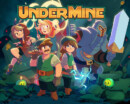
Developer: Thorium
Publisher: Thorium
Platforms: Xbox One, PS4, PC, Nintendo Switch
Tested on: PC
Undermine – Review
The debate about roguelikes and roguelites has always been a hot one. Normally most agree the difference comes in how the game handles in-game items or resources; if they stay between runs it’s a roguelite and if they don’t it’s a roguelike. Departing from this base, the recently released UnderMine is probably one of the purest interpretations of the concept of roguelite to ever exist.
Story
As usual for the genre, there’s not much of a story going on. The player handles peasants sent to a mine in order to help the Archmagus Arkanos find the source of the occurring tremors. These peasants canonically die with every run, which is mostly irrelevant to the plot, only being mentioned here and there. Later on, as the player unlocks more characters and defeats more bosses, the plot or set up develops, though still remains mostly obscure.
The supporting cast of characters is varied; most of them have backstories which can be discovered through dialogues or item descriptions that also provide lore about the world itself.
Graphics
UnderMine’s graphics consist of a highly detailed pixel art style which lends itself very well for environments and models. Most designs are simple though unique, only a few types of enemies are re-colored versions of others, and this is limited to “same type but stronger” ones.
The environments and areas are also well distinguished, though the contents of each one have little variation. All floors of the same area tend to be generally identical, which, while it helps cohesion, makes them a tad repetitive.
Sound
While all of the game’s sounds are good, the soundtrack especially stands out. Comprised of several different tracks, they have a nostalgic feeling while still being modern; this style remains similar through all areas, making the music varied while still familiar. Sound effects are also good, though there’s not much to say about them, they add some flair but become completely irrelevant after a while.
Gameplay
As stated in the introduction, UnderMine belongs to the rogue family, being, in particular, a roguelite. Controlling the previously mentioned peasants, the player delves deeper and deeper into the mines, battling creatures and collecting gold. The basic skill-kits players have at their disposal consist of a melee attack, a ranged one and a jump. Melee attacks generally deal more damage than ranged, though this varies in function of the power-ups collected. The jump works as the mobility skill, allowing players to evade incoming attacks or hazards. These controls work intuitively, making it very easy to get used to them; the only issue could be the jump distance, which is always fixed, only allowing you to choose the direction.
There are several different types of power-ups for the player to collect: relics, blessings and potions. Relics are unique items with special abilities, blessings are stat modifiers and potions grant a temporary effect. Other items can also be found while venturing in the mines, these being bombs and keys, which have the usual effects. At the start of the game, players will only be able to find blessings in secret rooms, but after a certain character is unlocked, an altar will appear on each floor. These altars grant blessings from a random pool in exchange for obtaining a curse, while also allowing curse removal at the cost of some health. Certain relics and familiars can also grant extra uses to altars, making them even more powerful.
These familiars are just what they seem, little companions for the peasant. Only one can be carried at a time and it’ll level up based on specific requirements. Each of them has different abilities, from picking up gold to attacking, some even discovering more secret rooms. Players will only have the default canary at the start of the game, which collects gold for them. Once the beastmaster has been unlocked, more eggs can be collected and hatched, unlocking new creatures.
Each of the areas also includes a boss, besides a slew of different enemies. These bosses are forces to be reckoned with, dealing loads of damage and having different “gimmick” attacks. Sadly, part of what makes UnderMine such a great example of a roguelite brings up a problem with the bosses. Every time a boss is defeated, it stays dead for good, regardless of the player’s survival. What this means is every run after that one, there will be no boss in that area; they only respawn after a run has been fully cleared. What this means to the player is they will face no “special” challenge in their runs, limiting them to room after room of small enemies. This is not to say these are less deadly, but it still leaves a bad flavor to not face off against a huge challenge.
Combat is generally simple though very tight at times, especially in crammed rooms; managing to get certain enemies to hit others or open secrets is particularly rewarding in these cases. The power-ups found along the way make the adventure way more entertaining, especially with some builds that just work despite being absurd. One of such examples would be the gold pick up one, which can make a player clear rooms just by picking up gold while healing up at the same time.
Another mechanic adding to the roguelite-ness of UnderMine is how gold is retained between runs. As one of the monetary resources, gold allows purchasing upgrades in the hub, but also items in the mine shop. Every time the player dies they lose a portion of the gold, keeping the rest and using it to unlock permanent upgrades to the peasant. Besides these upgrades, the player can also purchase new blessings or relics to find during runs, but this requires Thorium, another of the currencies.
Unlocking items with Thorium follows the more standard roguelike formula of adding them to a permanent item pool without appearing or affecting each run. There is a difference though; the first item of each type a player crafts in-between runs will be added to their inventory. This allows for some particularly powerful runs from the get-go, but once everything has been unlocked there’s no such thing anymore.
There is also an alternative mode to the standard, called “Othermine”. This mode is accessible after reaching some requirements and costs one Nether, yet another currency, to access. At the start of every area, which appear in random order, the player gets to select from a set of blessings, curses and familiars. After this, they dive into whichever area comes next, which always includes its boss. The Othermine is more akin to a standard roguelike run since it resets player upgrades and currencies per run. It is a solid source of Thorium and Nether thanks to the guaranteed bosses, as well as blueprints for new items.
An interesting mention is how; when the player starts; they will encounter minibosses and gauntlets to unlock the other hub characters. Sadly these do not appear ever again, which would’ve been a welcome variation to the standard rooms.
For those that have not guessed from the rest of the review, UnderMine makes it so players start as being really weak; once the permanent upgrades have been purchased the game becomes more straightforward, allowing for more entertaining runs. While this adds a “learning curve” to call it somehow, it also means the earlier parts of the game are somewhat tedious. Everything really improves after all shops have been unlocked, becoming even better as the power-up variety increases.
Conclusion
Overall UnderMine is a pretty good game with very solid features. This is not to say it couldn’t be improved as a lot of things could be streamlined, but it is nonetheless a very entertaining game for lovers of the genre. The price tag is the standard $20/€16,79, a reasonable price for the content offered, though hopefully it will still be expanded even more.
Personal Opinion
“I’ve been following UnderMine’s development for a very long time, in particular since the first of YouTuber DangerouslyFunny’s first video covering it. Along the way it has evolved a lot, adding new items, areas and bosses. I find it somewhat disappointing that Nori, the darkness boss, was made just an intermediate one instead of its previous position at the final one. There’s something very fitting about fighting the darkness to complete a run, very “out of literature” if you will. That is not to say the current final fight is bad, I just preferred the previous one. The lack of bosses after their initial defeat is a bummer. The idea of fighting a huge enemy per area to test your build has something enticing, so this not happening during a particularly good run is a bit “eh”. Still, the controls are tight while simple, the biggest problem I ran into was miscalculating jumps. If you enjoy a solid roguelike/ite (depending on if you play Othermine) UnderMine is a very good option for you. Curiously enough, I found it to be a very good game to play while watching a series or listening to a podcast as the simplicity really allows it, though I’ll admit I had a good pair of clenching moments during boss fights.”
Undermine - Review,1 Comment
Leave a Reply
You must be logged in to post a comment.

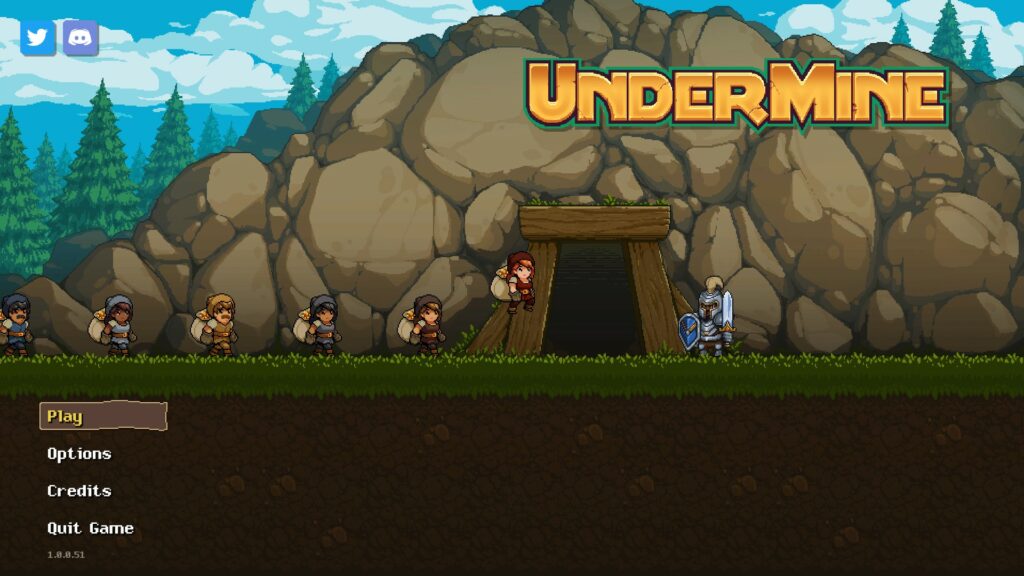
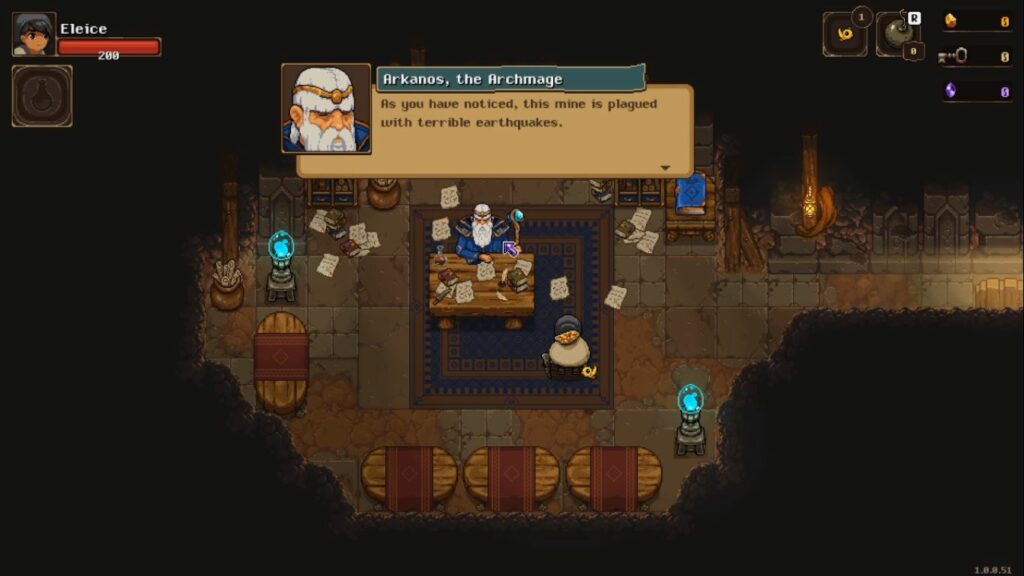
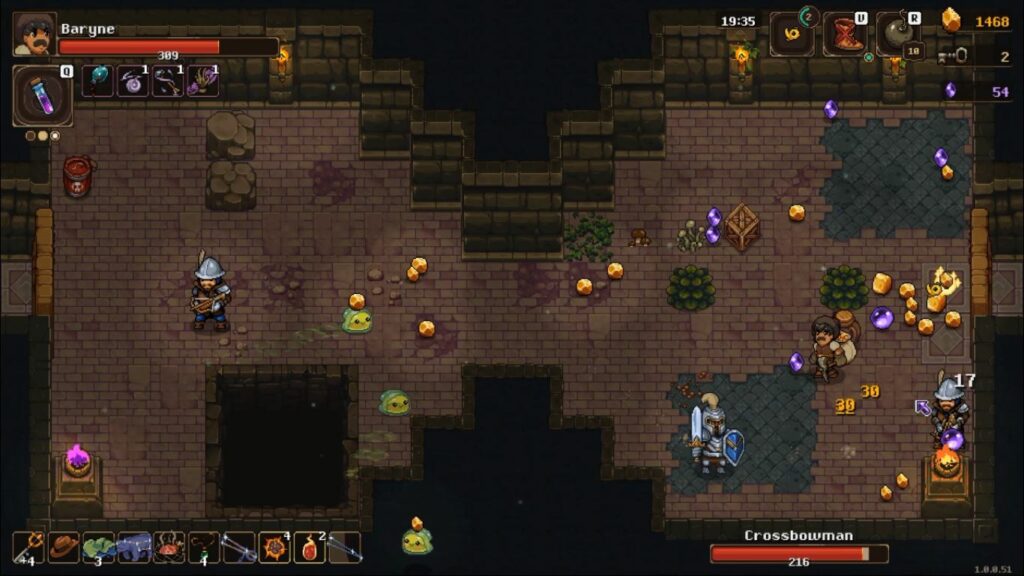

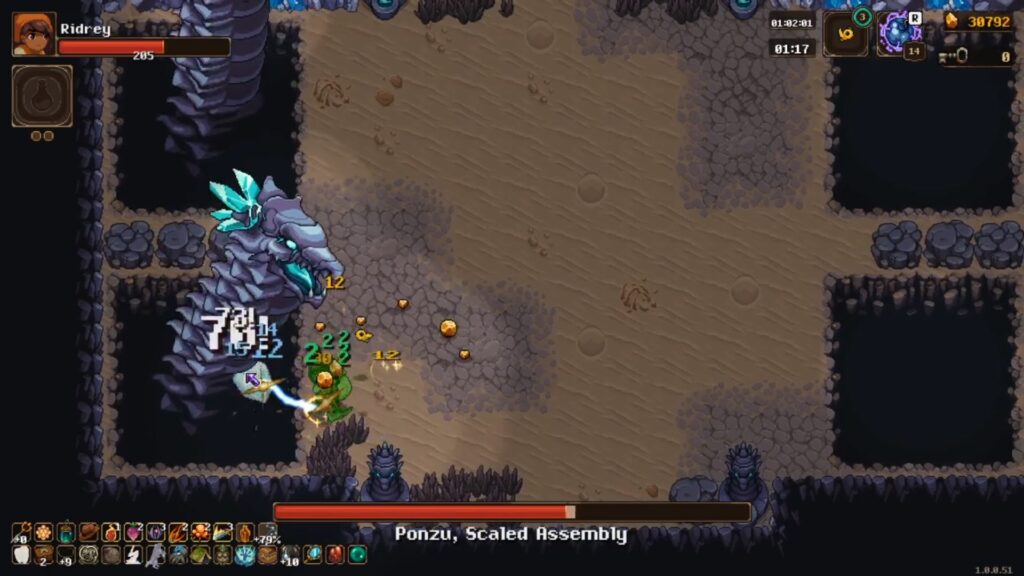
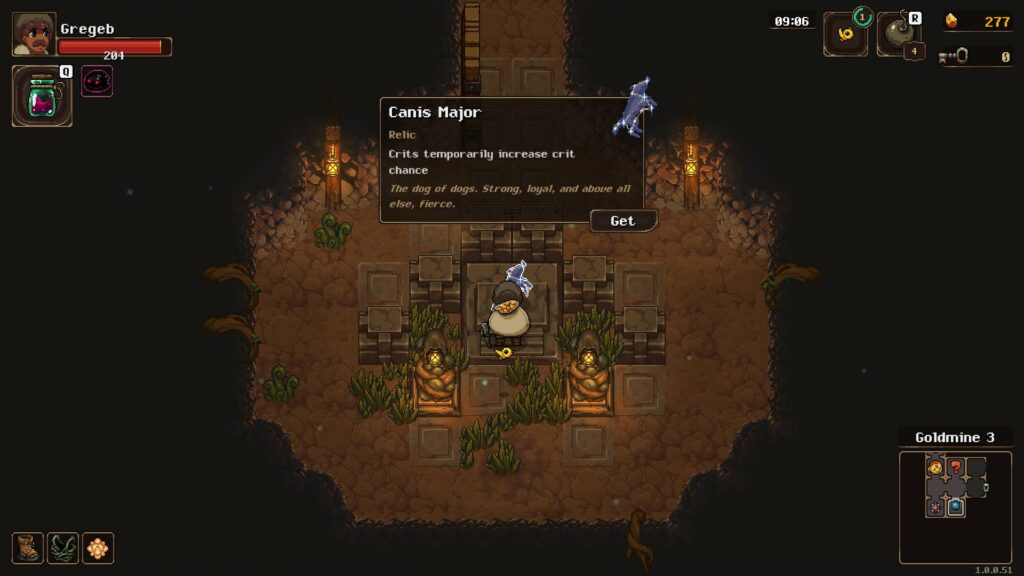
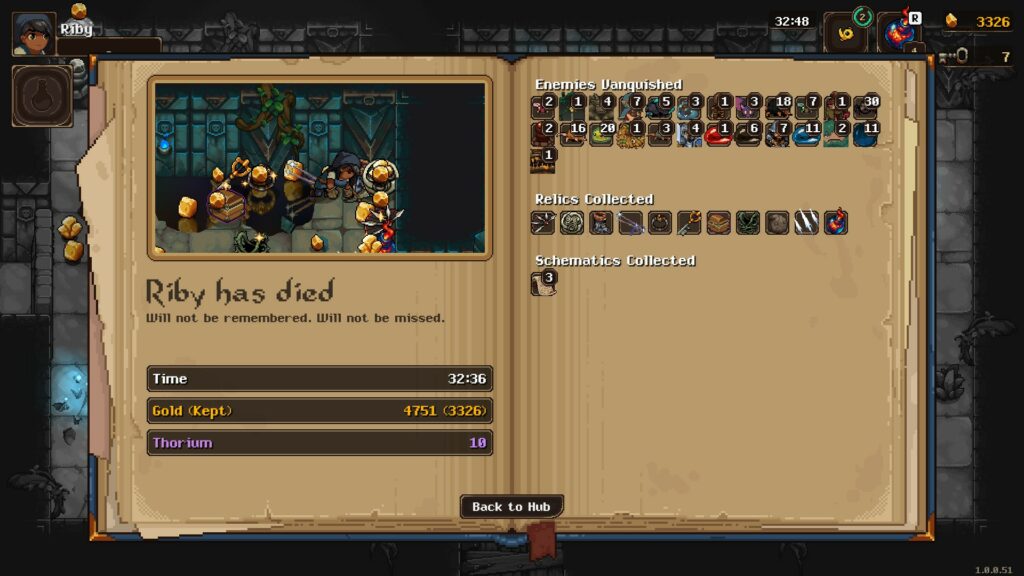
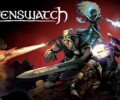
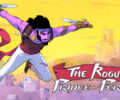

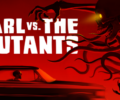
Love the Zelda-esque vibes.